Pilgrimage Trip
Pilgrimage Trip
I am not a very religious person as I was born and registered as a Buddhist and I’m a follower occasionally. Over the past weekend, I was fortunate to witness the ordain ritual of my friend’s brother. To protect their privacy as they don’t belong on TF, I decided to post selected pictures.
As Thais say: “The most important mission of Thai men is; becoming a monk to display gratitude to their family.” It is a chance of repaying kindness to the parents for the upbringing and making merit for the family especially for his mother who is unable to become a monk herself. It is a big affair for the family and friends and relatives are invited to grace the occasion. Traditionally, Thai men must become a monk before he marries a wife. Idealistically, their parents will receive the merit. If after, the wife will.
After returning to lay life, going on to marry and begin a family. Young men in Thailand who have undergone ordination are seen as being more suitable partners for marriage; unordained men are euphemistically called 'raw', while those who have been ordained are said to be 'cooked'. http://en.wikipedia.org/wiki/Buddhism_in_Thailand
The practices are varied depending on regions or even provinces, in Suratthani; on the eve of the ordination, the ritual of "Tham Khwan Nag" ceremony was conducted by two "Mo-Khwan" at home with relatives and family gather in a circle.
The ordination began with a hair shaving ceremony in the temple attended by family and relatives. After paying respect and bathed the feet of his elders, everyone took turns to cut a piece of the hair and dropped it carefully on a lotus leaf and shaving off eyebrows is a Thai tradition.Cutting of the hair is symbolic. In the old days, long hair was a sign of royalty. Siddharta, before he became enlightened and therefore the Buddha, cut off his hair as a renouncement of all his worldly goods.
After shower, he changed into a long white clothe decorated with a gold trimming (pha biang khaw) and paid his respect to the Abbot in the temple and a package of items was presented to him consisting of monk robe, razor, needle, water strainer etc before leaving the temple. Usually, a person is called as a Nag or Naga after the hair shaving ceremony. The hair is kept at home and released into the river after monkhood.
http://blog.tourismthailand.org/EugeneTang/?p=885
*In Phuket we perform this ritual only one day.
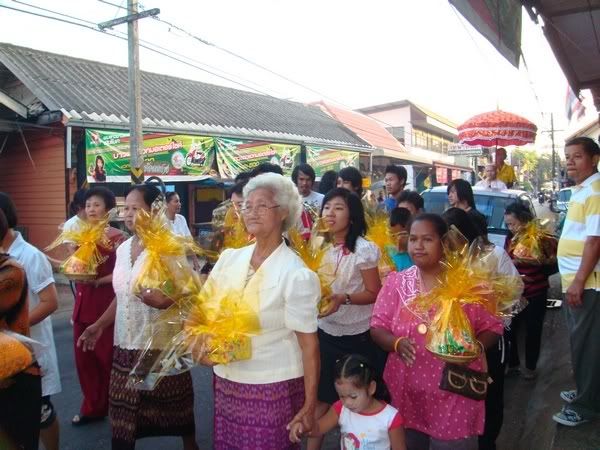
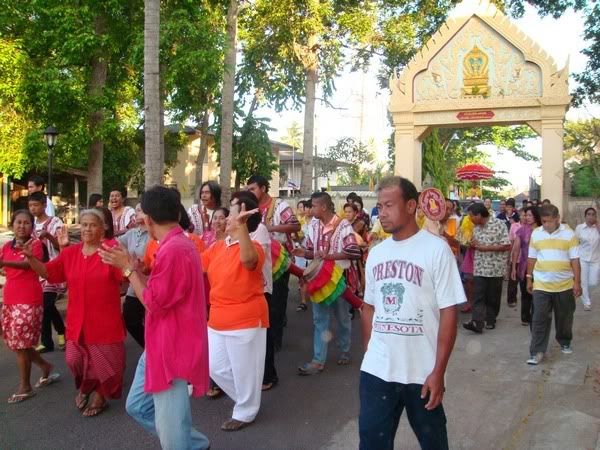
Nag or Naga must not touch the soil until he enters the church and perform the ceremony which only immediate family or highly respected senior members are allowed to attend. The human bridge was performed in front of the church and believe those who lied down will receive bountiful merit.
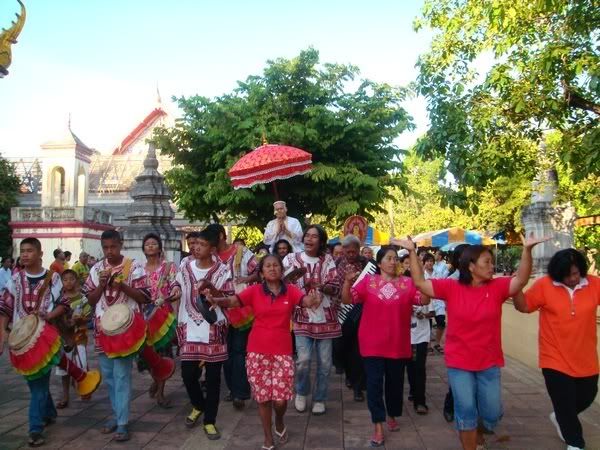
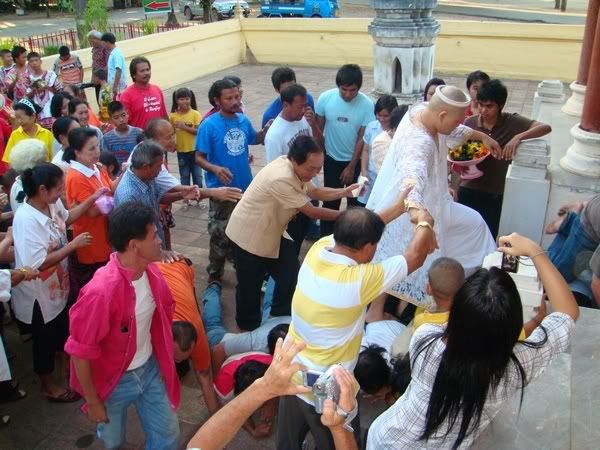
Before returning Phuket, my friend’s family took us to visit 2 famous temples in Suratthani; Wat Suan Mok Temple & Wat Prataad Chaiya Woramaha Viharn Temple.
WAT PRATAAD CHAIYA WORAMAHA WIHARN TEMPLE
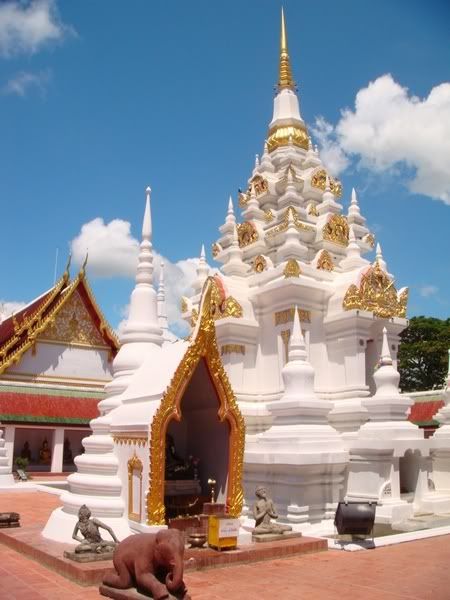

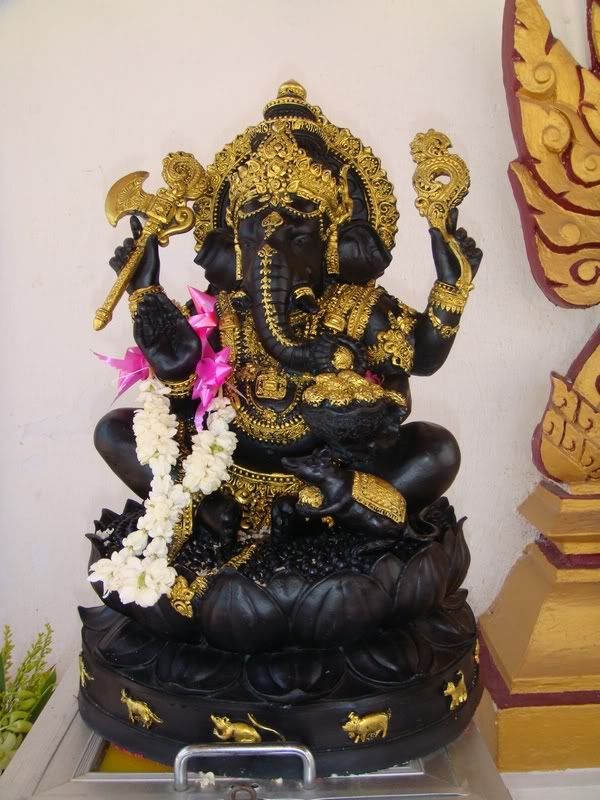
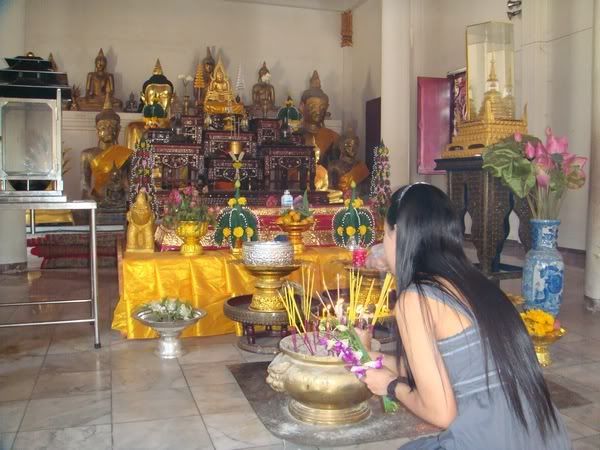
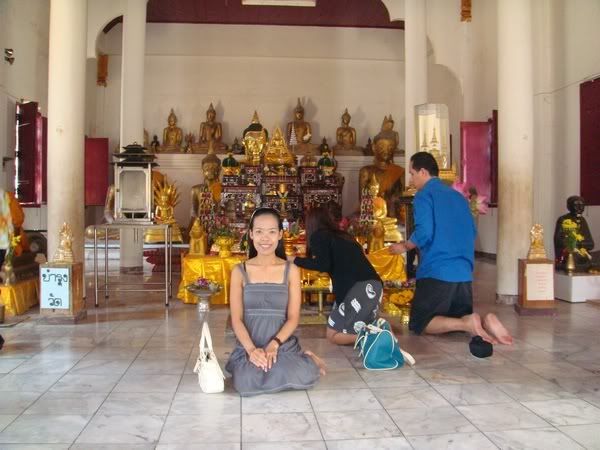
WAT SUAN MOK TEMPLE

This is my souvenir for some of Tfers

The Avalokiteshavara Bodhisatra symbolizes the Bodhisatra’s attributes of purity, insight, goodwill and tolerance.
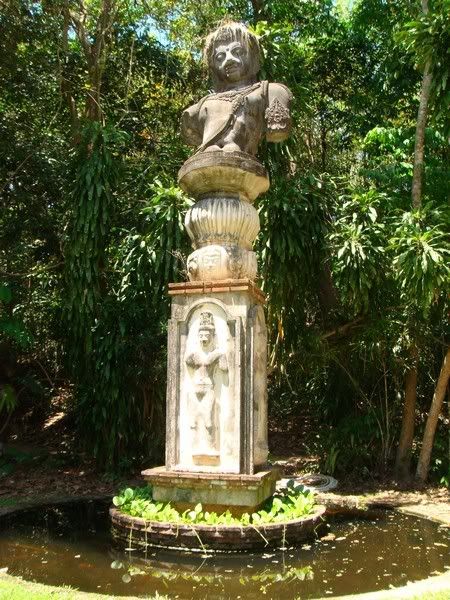
Nalike Pond: is to remind us of our ancestors’’ rigorous practice of dhamma and their composition of a dhamma lullaby in which a coconut island is described as symbolizing in samsara exist nibbana.
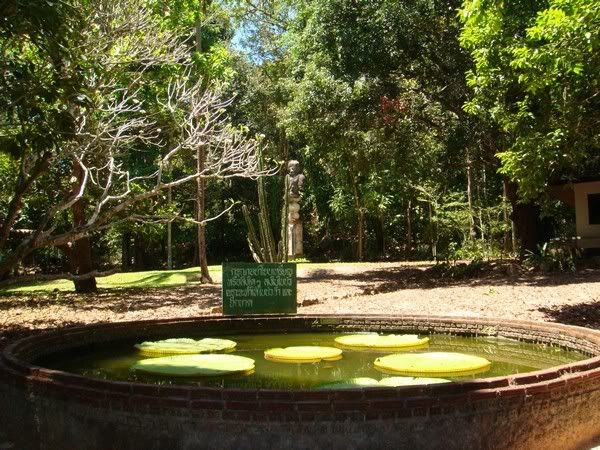
Theatre of Spiritual Entertainment where dhamma-riddle pictures are displayed for visitors who wish to study dhamma and apply it in their daily life. Its outside walls are installed with the world’s most complete collection of stone carvings from pre-Buddha-images periods, depicting the story of the Buddha.
Two Dhammavari Navas, symbolizing a ferry which delivers people from the suffering side of the river of samsara to the non-suffering side, or from the deluded state to the enlightened one. The deck is a multi purposed wall, a Zen style rock garden, a bell tower, and Sanchi-style stupa. The stem contains the library. Its hold is used for keeping rain water.
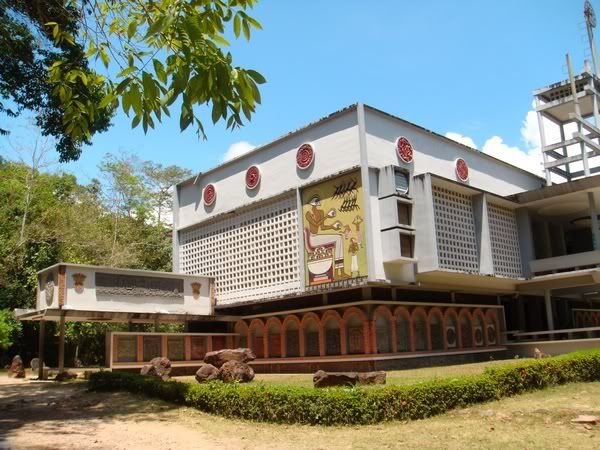
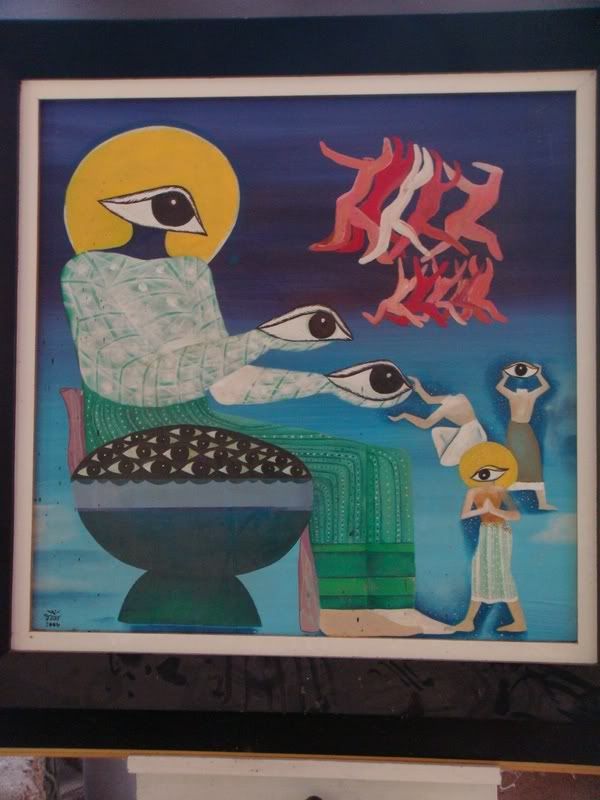
Dhamma-riddle pictures inside the Theatre of Spiritual Entertainment shall be followed in the next journal. It’s very interesting!
THE BEST IN SURATTHANI
K.M. 0 – any directions starting from this point onward will be counted as K.M. 1 (K.M. 0 – Hadyai, K.M. 0 – Phuket, K.M. 0 – Nakhon Si Thammarat, K.M. 0 – Bangkok, and so on)
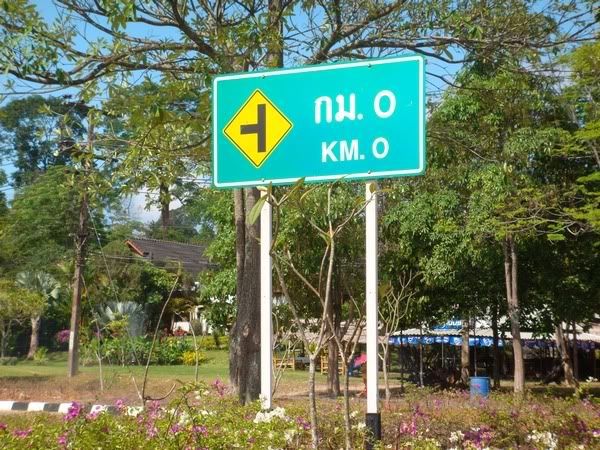
Suratthani Train Station – We dropped off my friend’s relatives here to Bangkok

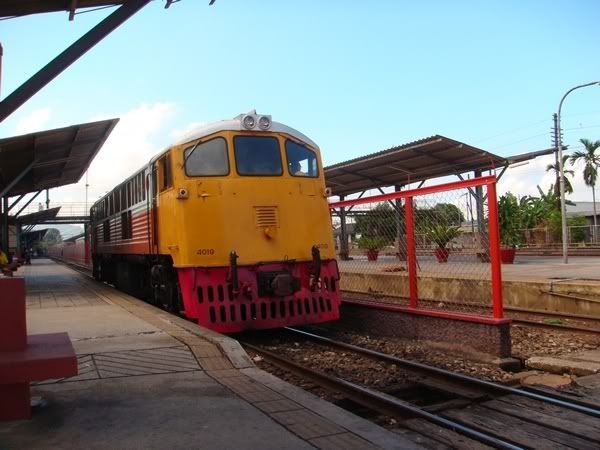
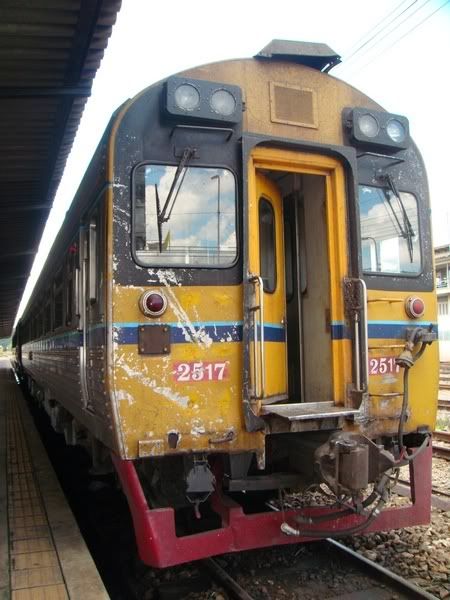
Pra Ram Long Song – sliced meat and steamed vegetables topped with peanut sauce accompanied with steamed rice (which I called Seeda). Highly recommended, it’s been here for decades.
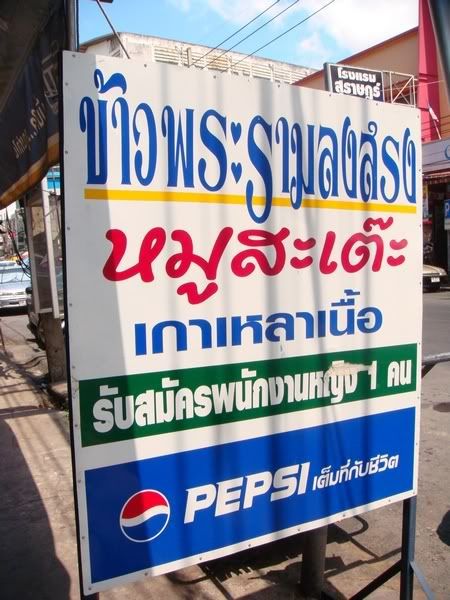
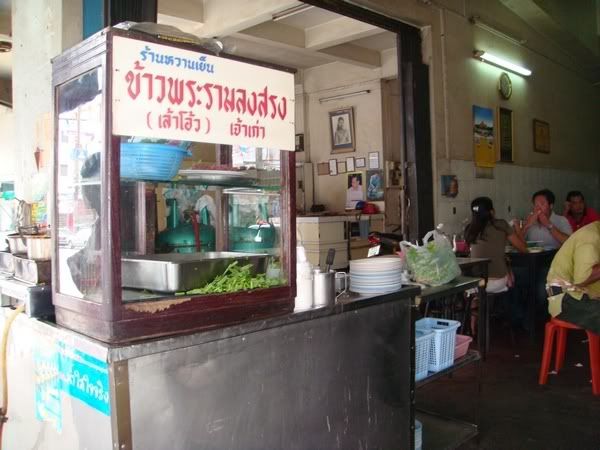
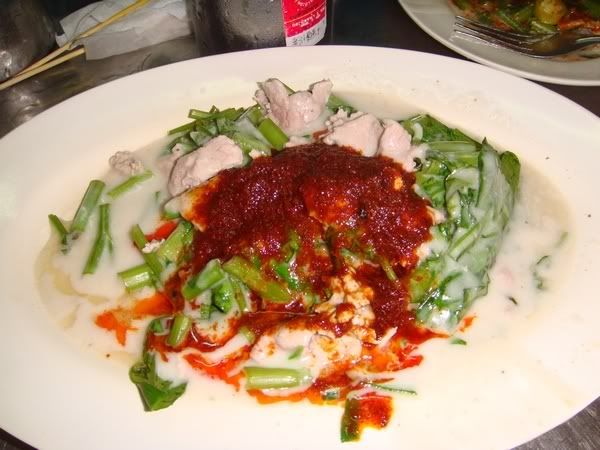
My friend’s father couldn’t wait ![]()
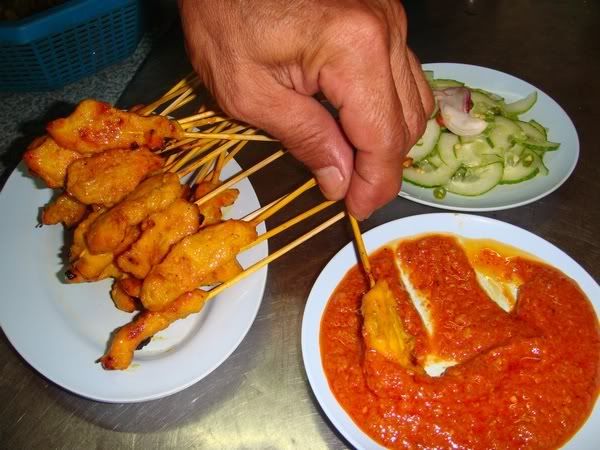
Spontakoyaki at Talad San Chao (night market near chinese shrine)
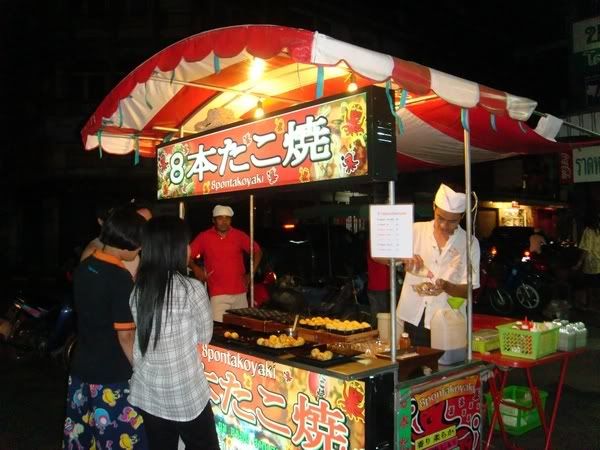
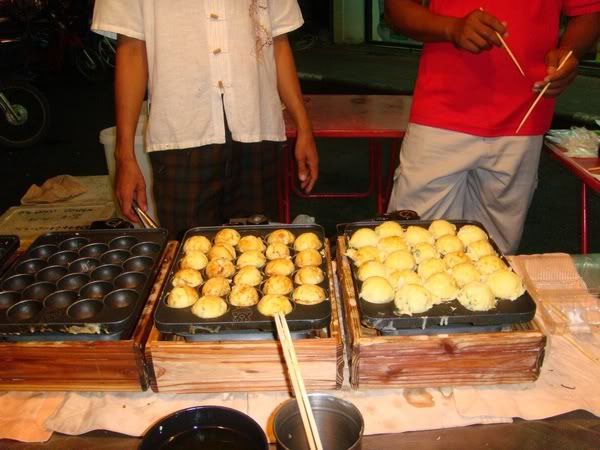
Salted eggs – Chaiya District is the famous place for salted eggs. This is the production process.
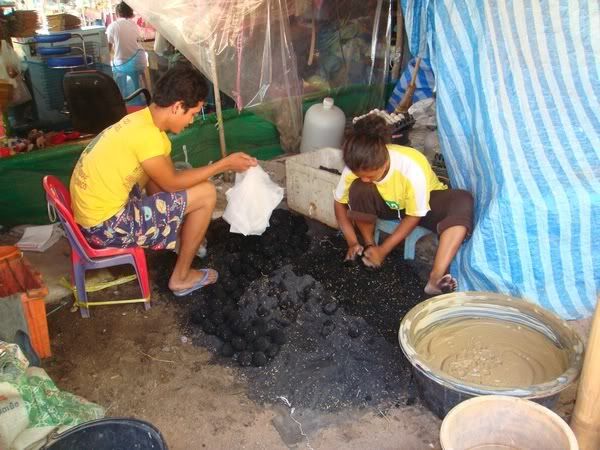
Tapi River – The longest river in the South of Thailand originated in Khao Luang, Nakhon Sri Thammarat and has a wide estuary into the Gulf of Thailand near the town of Suratthani.
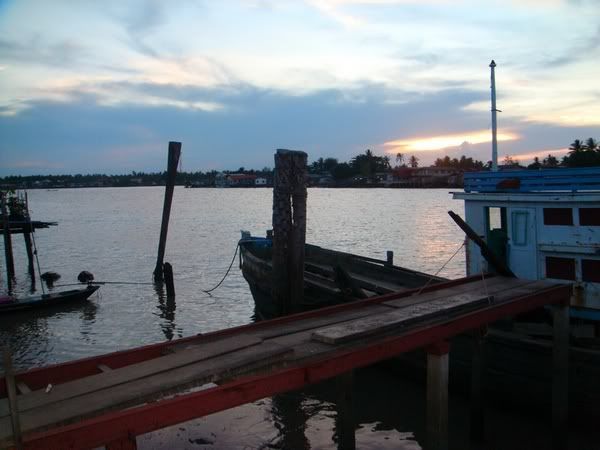
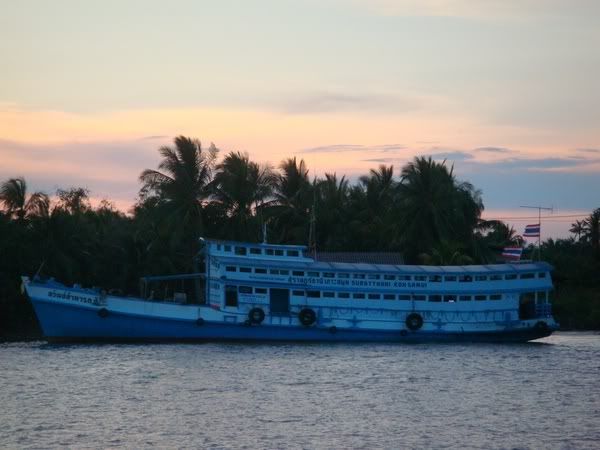



0 Comments
Recommended Comments